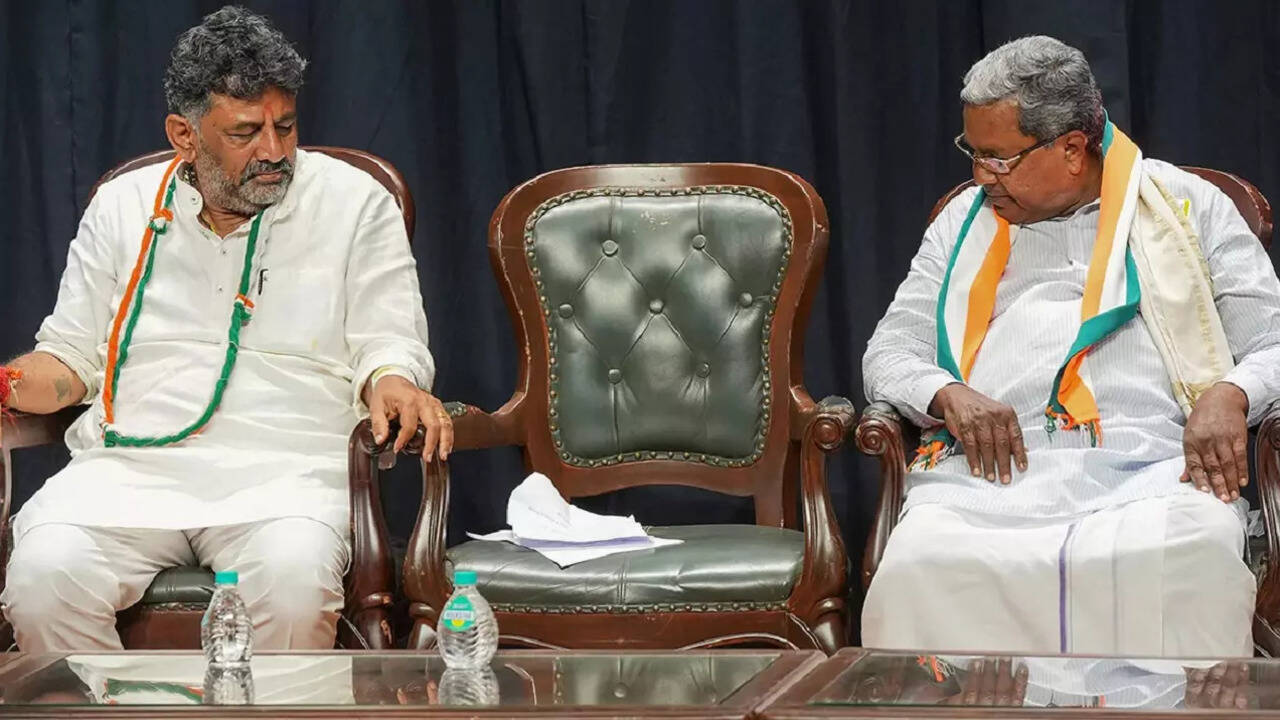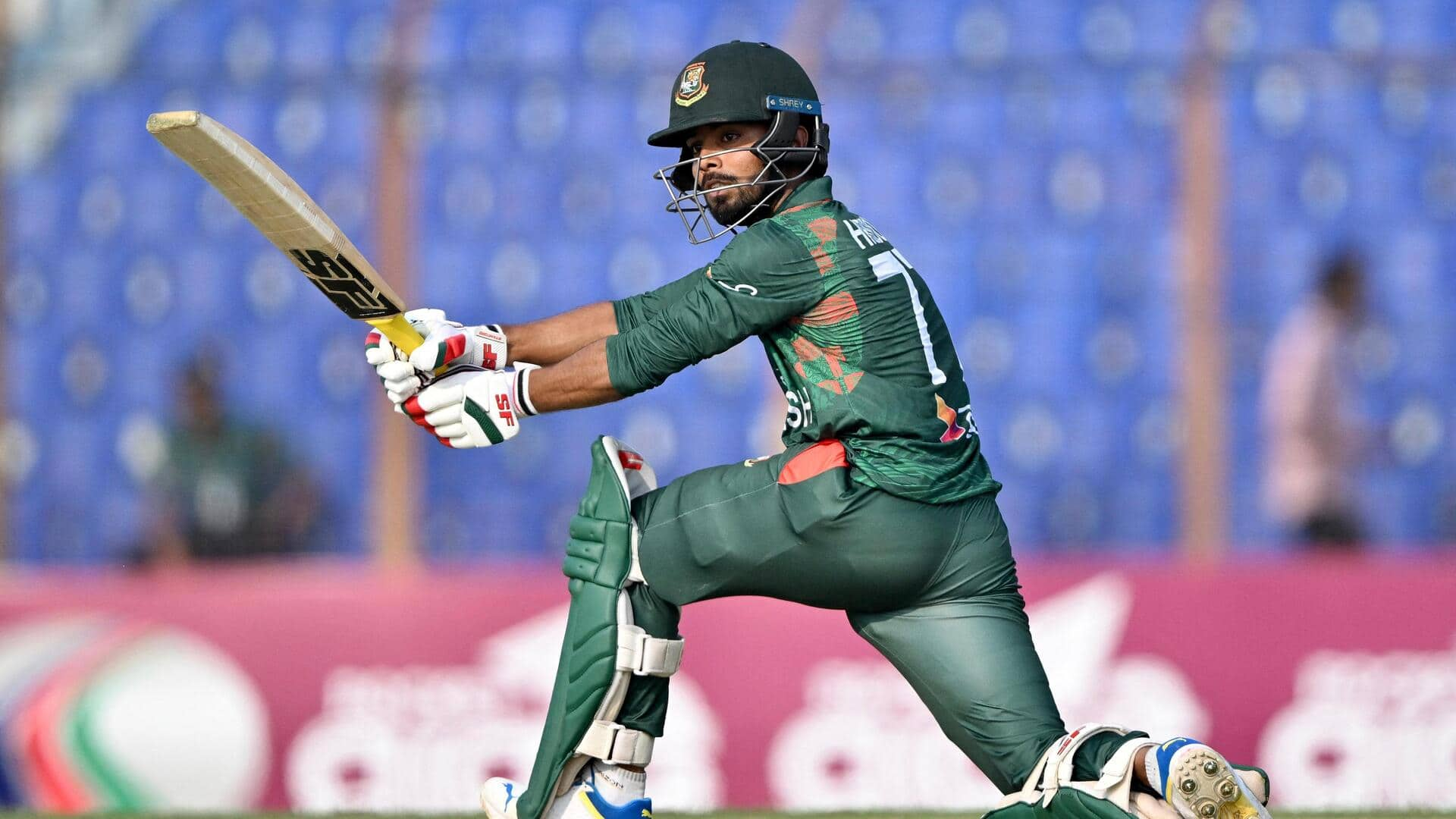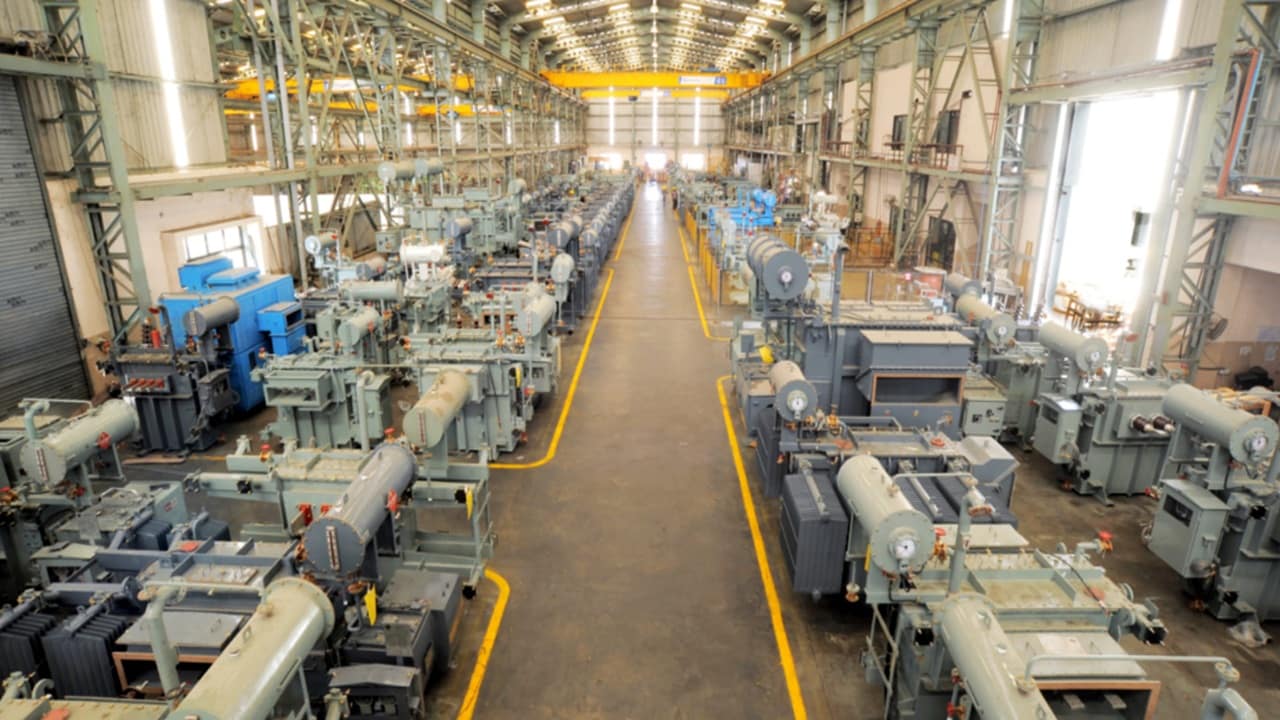After years of building strong infrastructure and attracting global financial players, the city is now positioning itself as a preferred destination for companies looking beyond overcrowded tier-1 metros.
Kaul said, “We see the cost efficiencies we are about 15 to 20% lesser than other tier-II cities. Quality of life is much better than the tier-I cities. You have lots of pluses as compared to tier-I cities. We are going all out to bring in GCCs. Initial response has been very good.”
The city is also working to strengthen its position in bullion trading through the India International Bullion Exchange. Kaul said the long-term goal is for all gold imported into India to pass through this exchange, ensuring complete transparency and allowing India to set benchmark prices in the future.
Gold from the UAE is already entering through GIFT City under the Comprehensive Economic Partnership Agreement (CEPA) agreement, and operations are expected to scale up as the ecosystem matures.
A major advantage for GIFT City, according to Kaul, is its forward-looking regulatory environment. The regulator works closely with stakeholders, tests new ideas in a sandbox setup, and updates rules based on global best practices. This flexibility, he said, sets GIFT City apart from many international centres.
He noted that GIFT City has come a long way from its early days as the Prime Minister’s vision back in 2007–08. What started as an idea to create an Indian financial hub on the lines of Dubai, Singapore or Hong Kong has grown into a fully operational international financial centre.
The real turning point came in 2021 when the regulatory framework was put in place. Since then, the city has expanded rapidly, with visible growth in infrastructure and activity.
Kaul said that nearly 1,025 entities are now registered in GIFT City across sectors like banking, insurance, reinsurance, funds, aircraft leasing, ship leasing and capital markets. Of the 35 banks present, 18 are foreign banks, and together they hold a combined book size of about $101 billion.
He added that the last quarter alone saw 105 new registrations, reflecting growing confidence among global financial institutions.
Watch the video for more
/images/ppid_59c68470-image-176407504864358931.webp)














